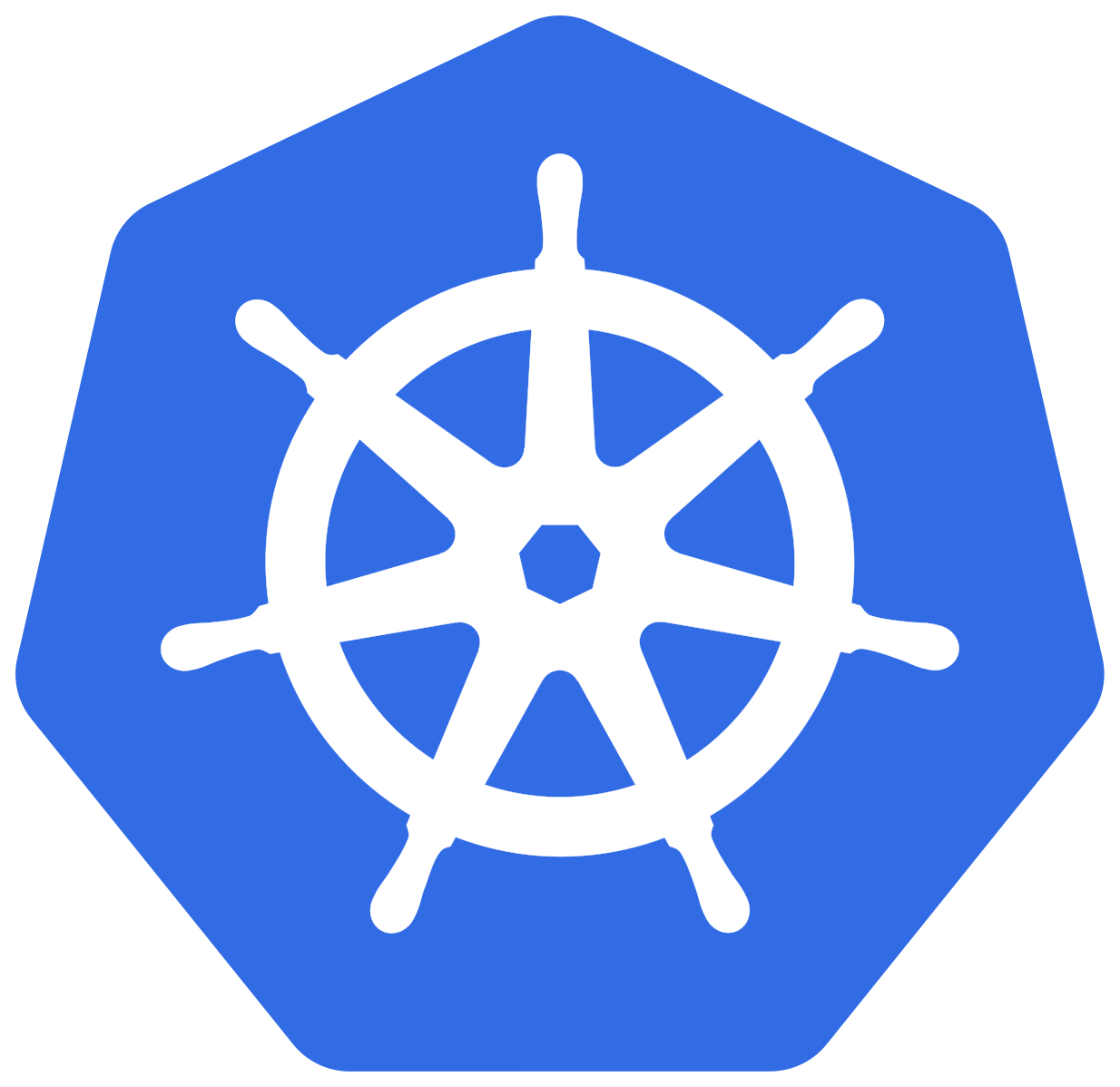Kubernetes DaemonSets
Kubernetes Daemon Sets
Daemon Sets
A DaemonSet ensures that all (or some) Nodes run a copy of a Pod. As nodes are added to the cluster, Pods are added to them. As nodes are removed from the cluster, those Pods are garbage collected.
pradeep@learnk8s$ kubectl get daemonsets.apps -A
NAMESPACE NAME DESIRED CURRENT READY UP-TO-DATE AVAILABLE NODE SELECTOR AGE
kube-system kindnet 2 2 2 2 2 <none> 5d12h
kube-system kube-proxy 2 2 2 2 2 kubernetes.io/os=linux 5d12h
As seen above, there are two daemonsets in the kube-system namespace. One is named kindnet and the other is kube-proxy. If you look at the DESIRED column, both of them have a value of 2 which is equal to the number of nodes in this (minikube) cluster.
Let’s look at those pods now.
pradeep@learnk8s$ kubectl describe daemonsets.apps kindnet -n kube-system
Name: kindnet
Selector: app=kindnet
Node-Selector: <none>
Labels: app=kindnet
k8s-app=kindnet
tier=node
Annotations: deprecated.daemonset.template.generation: 1
Desired Number of Nodes Scheduled: 2
Current Number of Nodes Scheduled: 2
Number of Nodes Scheduled with Up-to-date Pods: 2
Number of Nodes Scheduled with Available Pods: 2
Number of Nodes Misscheduled: 0
Pods Status: 2 Running / 0 Waiting / 0 Succeeded / 0 Failed
Pod Template:
Labels: app=kindnet
k8s-app=kindnet
tier=node
Service Account: kindnet
Containers:
kindnet-cni:
Image: kindest/kindnetd:v20210326-1e038dc5
Port: <none>
Host Port: <none>
Limits:
cpu: 100m
memory: 50Mi
Requests:
cpu: 100m
memory: 50Mi
Environment:
HOST_IP: (v1:status.hostIP)
POD_IP: (v1:status.podIP)
POD_SUBNET: 10.244.0.0/16
Mounts:
/etc/cni/net.d from cni-cfg (rw)
/lib/modules from lib-modules (ro)
/run/xtables.lock from xtables-lock (rw)
Volumes:
cni-cfg:
Type: HostPath (bare host directory volume)
Path: /etc/cni/net.mk
HostPathType: DirectoryOrCreate
xtables-lock:
Type: HostPath (bare host directory volume)
Path: /run/xtables.lock
HostPathType: FileOrCreate
lib-modules:
Type: HostPath (bare host directory volume)
Path: /lib/modules
HostPathType:
Events: <none>
pradeep@learnk8s$ kubectl describe daemonsets.apps kube-proxy -n kube-system
Name: kube-proxy
Selector: k8s-app=kube-proxy
Node-Selector: kubernetes.io/os=linux
Labels: k8s-app=kube-proxy
Annotations: deprecated.daemonset.template.generation: 1
Desired Number of Nodes Scheduled: 2
Current Number of Nodes Scheduled: 2
Number of Nodes Scheduled with Up-to-date Pods: 2
Number of Nodes Scheduled with Available Pods: 2
Number of Nodes Misscheduled: 0
Pods Status: 2 Running / 0 Waiting / 0 Succeeded / 0 Failed
Pod Template:
Labels: k8s-app=kube-proxy
Service Account: kube-proxy
Containers:
kube-proxy:
Image: k8s.gcr.io/kube-proxy:v1.23.1
Port: <none>
Host Port: <none>
Command:
/usr/local/bin/kube-proxy
--config=/var/lib/kube-proxy/config.conf
--hostname-override=$(NODE_NAME)
Environment:
NODE_NAME: (v1:spec.nodeName)
Mounts:
/lib/modules from lib-modules (ro)
/run/xtables.lock from xtables-lock (rw)
/var/lib/kube-proxy from kube-proxy (rw)
Volumes:
kube-proxy:
Type: ConfigMap (a volume populated by a ConfigMap)
Name: kube-proxy
Optional: false
xtables-lock:
Type: HostPath (bare host directory volume)
Path: /run/xtables.lock
HostPathType: FileOrCreate
lib-modules:
Type: HostPath (bare host directory volume)
Path: /lib/modules
HostPathType:
Priority Class Name: system-node-critical
Events: <none>
As seen in this output, there are two pods, one pod on each node. The pod names follow the convention of <daemonsetname>-<randomidentifier>.
pradeep@learnk8s$ kubectl get pods -A -o wide -o wide| grep kube-proxy
kube-system kube-proxy-fszkr 1/1 Running 1 (2d ago) 5d12h 192.168.177.28 k8s-m02 <none> <none>
kube-system kube-proxy-m747v 1/1 Running 1 5d12h 192.168.177.27 k8s <none> <none>
Similarly, the pods from the other daemonset—kindnet.
pradeep@learnk8s$ kubectl get pods -A -o wide -o wide| grep kindnet
kube-system kindnet-jpxdd 1/1 Running 1 5d12h 192.168.177.27 k8s <none> <none>
kube-system kindnet-p77mb 1/1 Running 1 (2d ago) 5d12h 192.168.177.28 k8s-m02 <none> <none>
A simple way to create a DaemonSet is to first generate a YAML file for a Deployment and remove the replicas, strategy fields. Change the kind from Deployment to DaemonSet.
Here is an example (modfied from the demodeployment.yaml):
pradeep@learnk8s$ cat demodaemonset.yaml
apiVersion: apps/v1
kind: DaemonSet
metadata:
labels:
app: demo-ds
name: demo-ds
spec:
selector:
matchLabels:
app: demo-ds
template:
metadata:
labels:
app: demo-ds
spec:
containers:
- image: nginx
name: nginx-ds
resources: {}
pradeep@learnk8s$ kubectl create -f demodaemonset.yaml
daemonset.apps/demo-ds created
pradeep@learnk8s$ kubectl get ds
NAME DESIRED CURRENT READY UP-TO-DATE AVAILABLE NODE SELECTOR AGE
demo-ds 2 2 0 2 0 <none> 6s
pradeep@learnk8s$ kubectl get pods -o wide | grep demo-ds
demo-ds-gtcf7 1/1 Running 0 28s 10.244.1.5 k8s-m02 <none> <none>
demo-ds-kkw4g 1/1 Running 0 28s 10.244.0.11 k8s <none> <none>


